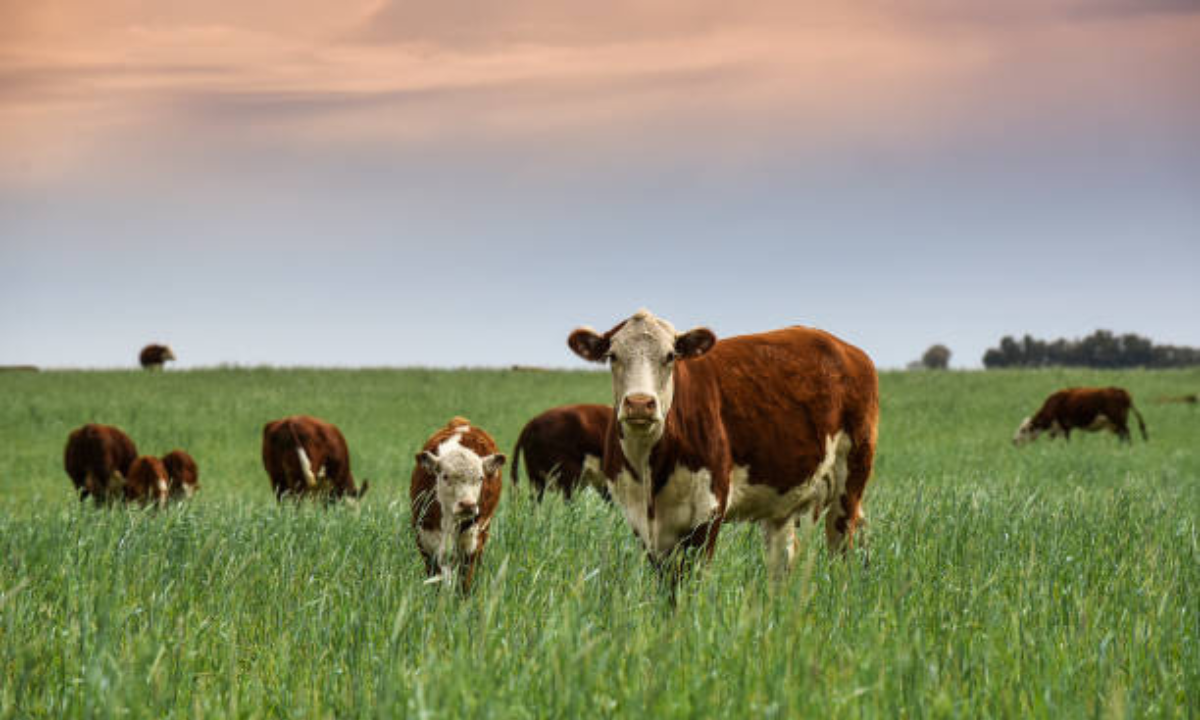The decree that will once again allow the operation of centers for the slaughter of cattle and the sale of meatknown as municipal slaughterhouses, would be issued in the coming days by the Ministry of Health and Social Protection.
(Also read: “The decree must be reviewed”: President of Fedegán spoke of the idea of reviving slaughterhouses)
In this sense, farmers will be able to re-market their products with the objective of ending the monopolies of the refrigerators that have raised the domestic price of meat.
Nevertheless, The measure raises a series of questions about the operation of these places. The former director of Invima, Javier Guzmán, explained at the time that the closure of municipal slaughterhouses was caused by a breach of Decree 1500, which specifies requirements such as a minimum slaughter volume and a capacity of human talent, infrastructure conditions and quality management. .
According to infectious disease specialist Carlos Agudelo, not only the improper handling of meat leads to contamination with bacteria, fungi and virusesbut all the failures that can be in a chain of processing.
Many outbreaks have been caused precisely by poorly handled meat in slaughterhouses
According to the expert, these toxins are not always removed by cookingand the pictures they produce can become severe, presenting symptoms such as vomiting, dizziness, fever, diarrhea and general malaise, among others.
For this reason, he says that the ideal is to guarantee good handling practices to prevent this type of contamination from occurring: “Many outbreaks have been caused, precisely, as a result of poorly handled meat in slaughterhouses that do not meet the standards,” he said.
(Also read: Government will reopen municipal slaughterhouses to “lower meat prices”)

Together with Invima we will monitor these slaughter centers so that they work with all the regulations
However, the entity highlights that meat quality starts with animal husbandry and goes through slaughterhouses, manufacturing and transportation until it reaches the consumer’s table. It’s a chain.
However, despite the fact that it is a subject in which several questions are around, some experts assure that this figure of municipal slaughterhouses should not be problematic if the laws and protocols are followed from the very death of the animal to the storage and transportation of the product.
Following this idea, the Minister of Health warned that These slaughter centers must comply with the conditions of good care and health, which will be required in the resolution. “Together with Invima, we will monitor these slaughter centers so that they work with all the regulations and sanitary conditions that public health requires,” Jaramillo clarified.



